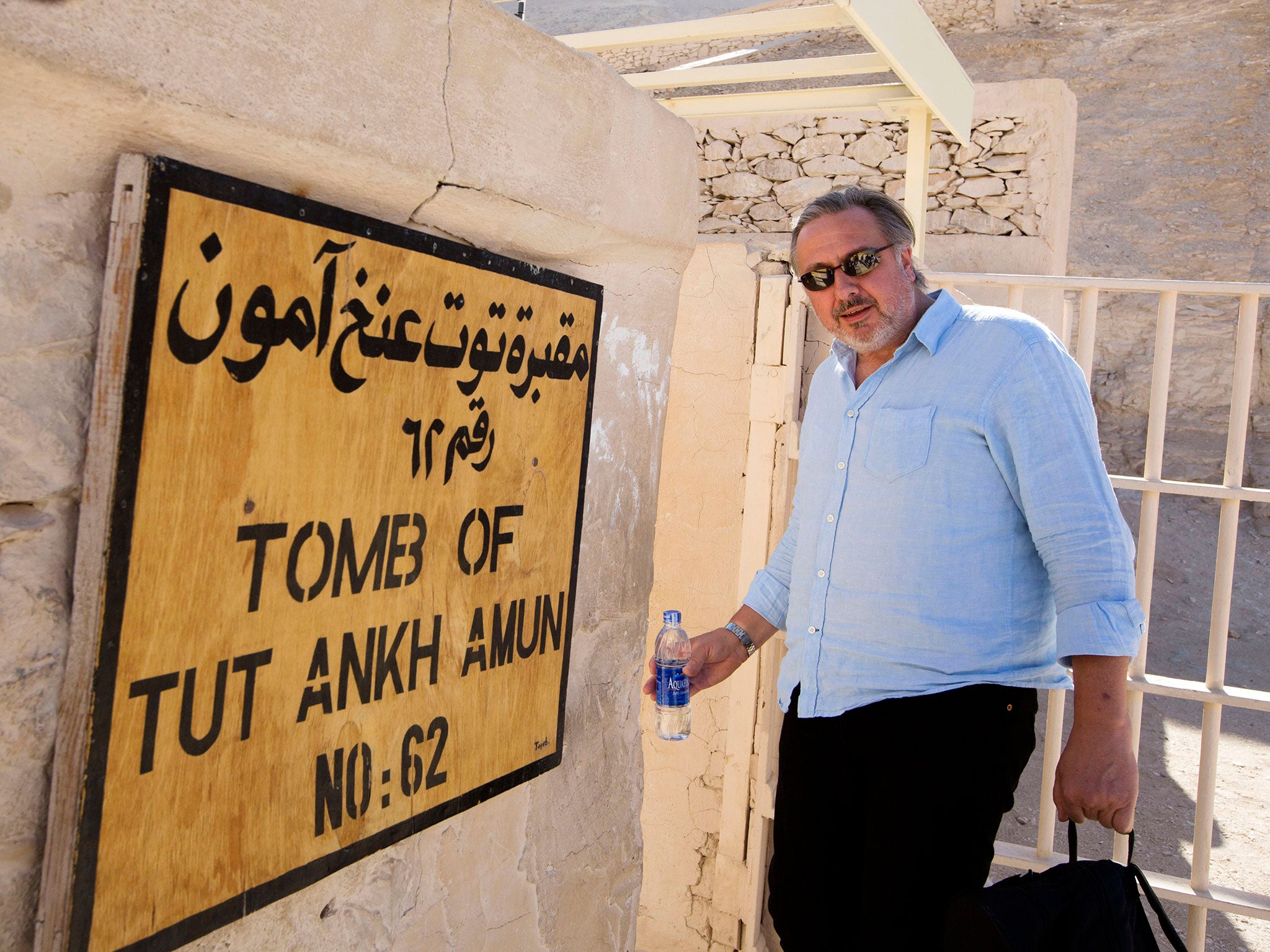Queen Nefertiti hunt: More work needed to solve the mystery surrounding Tutankhamun's tomb
The prospect of finding Queen Nefertiti has excited scientists across the world

Despite extensive scans on the tomb of the ancient Egyptian king Tutankhamun, more work is need to establish if newly discovered chambers hold the remains of Queen Nefertiti, archeologists have said.
The tomb, at the Valley of the Kings, Luxor, Egypt, is believed by some to conceal a wider network of ancient structures and tombs.
Several leading figures believe that the remains of Queen Nefertiti could lie beyond the walls of Tutankhamun’s tomb.
It was speculated last month that the hidden spaces could house organic or metal material, leading to speculation that ancient royalty could lie within.
Antiquities Minister Khaled al-Anani said experts worked for 11 hours overnight to obtain 40 scans of five different levels of the area behind Tutankhamun's burial chamber.
British Egyptologist Nicholas Reeves has been prominent in advocating the idea that Queen Nefertiti, who died in 1331 BC, could be hidden in the Luxor site.
"I believe and I still believe" that King Tutankhamun's tomb is "simply the outer elements of a larger tomb that is of Nefertiti," he said.
Mr Reeves told reporters the latest scans had presented "the most detailed data" so far on the secret chambers.
More scans will occur later in April. After, archeologists will be invited to Cairo to view the findings.
If it is deemed appropriate, a small hole could be drilled in the wall of the tomb and a camera passed through to give researchers a clearer perspective of what lies on the other side.
Queen Nefertiti is one of the most famous symbols of ancient Egypt and classical beauty.
King Tutankhamun's reign lasted from around 1332-1323 BC. The discovery of his complete, undisturbed tomb in 1922 by Briton Howard Carter remains one of the most sensational archeological discoveries of all time.
The discovery of the hidden chambers has ignited massive interest among the archeological community and beyond. It could also renew excitement in Egypt's antiquities and help reinvigorate the country's flagging tourism industry.
Tourism has been hit hard in Egypt in recent years by political violence, an insurgency in the northern Sinai Peninsula, and persistent attacks since the military's 2013 overthrow of an elected but divisive Islamist president.
Join our commenting forum
Join thought-provoking conversations, follow other Independent readers and see their replies
Comments